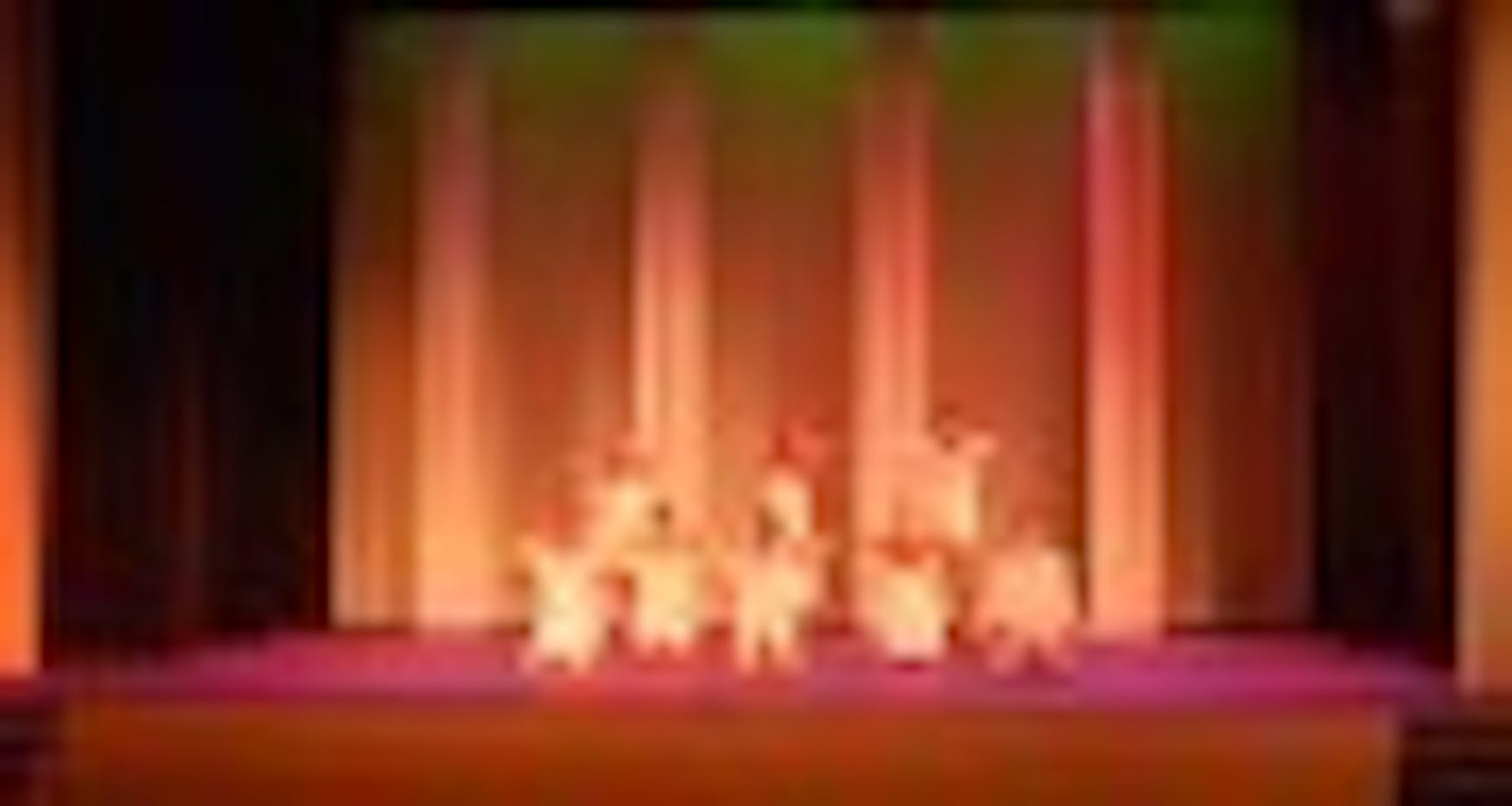Love' stories come to life
There are many wonderful student shows to be seen at Brandeis, but only rarely does an event come along that really unifies the student body, bringing people together to view and enjoy a subject matter that anyone can relate to. It is even more rare when such a message can be successfully relayed through as abstract an art form as dance. But this is what Danielle Zipkin '12 set out to do with her nine-movement performance of Brandeis, I Love You. Comprised of samples of student love stories, the show fused such broad dance styles as jazz, ballet, modern, tap and hip hop. Overall an enormous success, these stories were clear and concise, and the show visibly sizzled with energy.
Although certain styles were more prevalent than others-modern taking the forefront-the other styles passed in and out of prominence subtly. By focusing the audience's awareness on the tone and not the stylistic changes, those transitions kept the performances lucid and consistently moving.
There are distinctive notes of passion and desire throughout the show, and not just in the typical romantic sense. From the outset, the dances never shied away from embodying the truth among love, not only in the various forms of heterosexuality and homosexuality that were portrayed, but also in the key elements of simple kindness and friendship. The moments that showed groups of both men and women consoling a distraught and rejected friend were quite powerful, and they spoke to all of us. How many times have we been dumped only to seek comfort in our friends? These key moments displayed the truth of our interpersonal relationships successfully, simultaneously remaining subtle yet deep.
One of the most interesting aspects of dance is its ability to portray emotions usually told through words and interactions and to transform them into a subconscious art that can display inner feelings through movement. Dance eliminates the words but keeps the actions, and in so doing it creates a much broader plateau in which emotions can be explored. There were many examples of this in the show, and it's a subtlety that Zipkin really wanted to show,
"In order to transcribe these stories into movement pieces, I'm not only using dance but also using everyday inspiration such as a handshake or a wave and then exaggerating that into something further," she said. "It's what's behind the movement that you're really trying to show."
These subtle gestures worked wonderfully to create the sensation of strong feelings throughout the show. There were certain exceptions to this rule, though, such as when the dancers performed two movements engaging each other through small bits of dialogue pertaining to their relationships. These bits emanated in simple sentences such as "Why wasn't I good enough for her?" or in one hilarious instance, "I hooked up with an ugly guy to get back at him." These small moments intertwined with the dances and created an overview of the feelings of rejection.
The second of the dialogue pieces showed the reverse, as couples made up and got back together, with the centralized idea expressed as "I still love him/her." These small dialogue pieces worked as a way to bookend the overall theme of the show and also showcased the performers' versatility in acting as well as dancing.
The collaborative nature of the show was evident, and though the dances were all based on stories submitted by students, the dancers helped flesh out the show in certain key moments, particularly the dialogue sections. According to one of the dancers, Julie Judson '11, they each "coined their own lines" and brought to the table some of their own ideas for how to express love.
Adding to the overall success of the proceedings were the original musical compositions, which accompanied the dances quite effectively while adding an additional voice. The orchestral scoring resonated well with the viewer and provided a clear emphasis on moods and feelings to aid the movement on the stage.
It's interesting to note that although some dancers, such as Judson, had been with the show "since the beginning," others were brought on relatively late, such as Meredith Nadeau '12, who was an understudy and replaced one of the dancers "3 weeks before the show opened." Many shows could have been undermined by such an occurrence, but this show pulled ahead full steam and kept going.
Brandeis, I Love You was a complete and wonderfully told story from beginning to end. When asked about his favorite aspect of the show, dancer Greg Storella '11 notes that the show's greatest strength is that it's "by Brandeis, for Brandeis." Producer Herbie Rosen '12 has similar sentiments, adding that the show has been a great experience because it is that rare performance that "shows how much students can achieve and create. It's a great testament to the voices and creativity of students." And he's absolutely right. It was the true measure of what the Brandeis experience is all about.



Please note All comments are eligible for publication in The Justice.